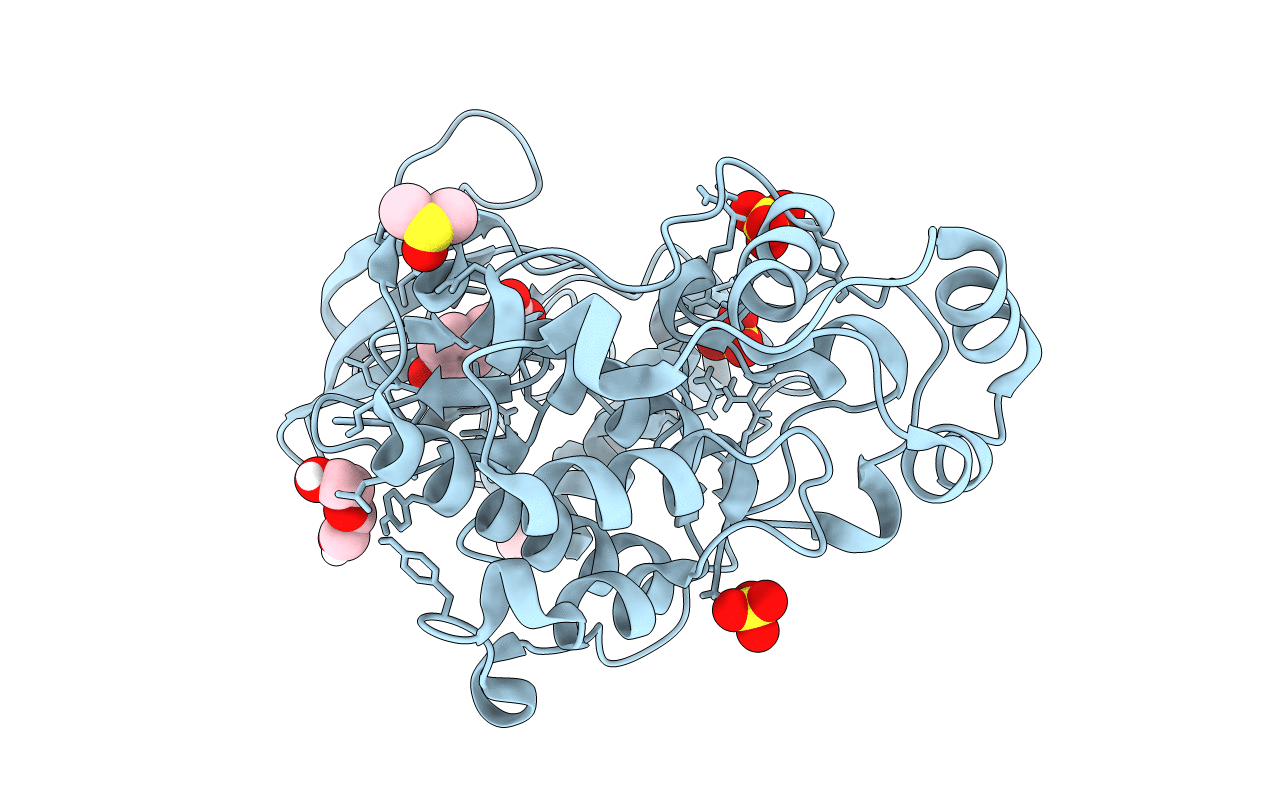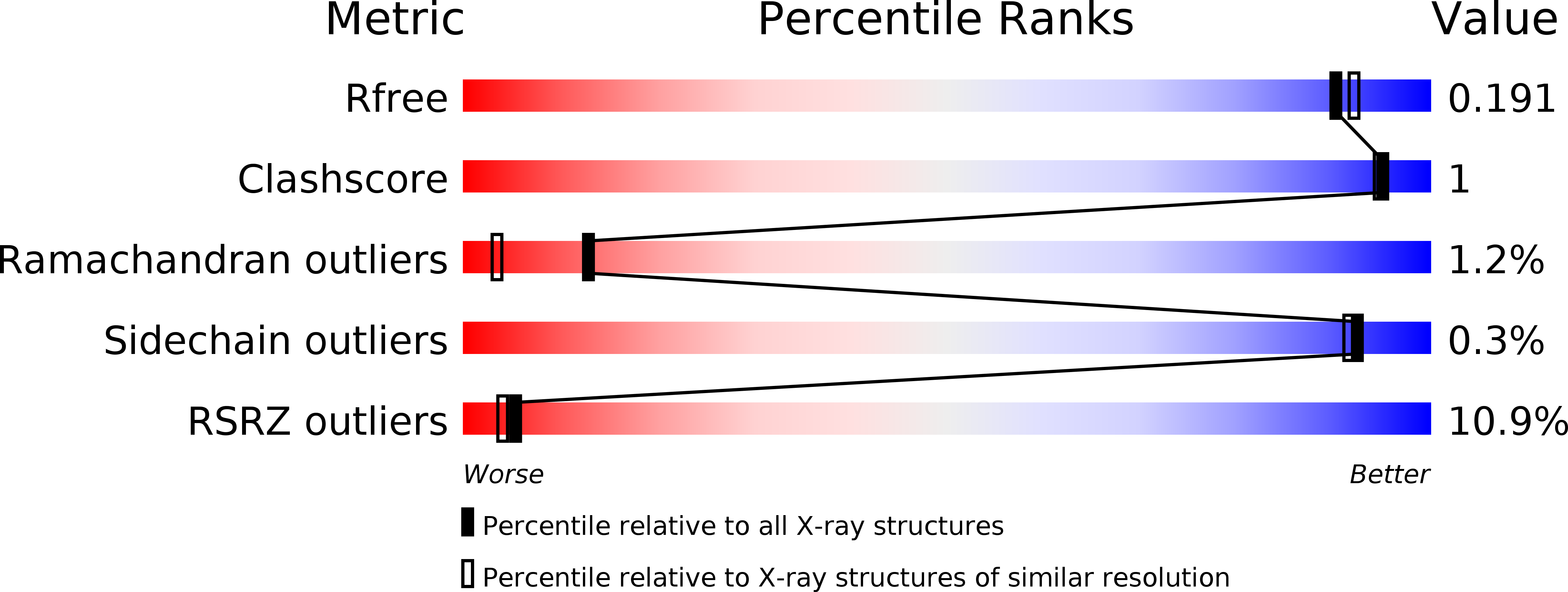
Deposition Date
2013-10-02
Release Date
2014-08-27
Last Version Date
2024-10-30
Method Details:
Experimental Method:
Resolution:
1.80 Å
R-Value Free:
0.18
R-Value Work:
0.15
R-Value Observed:
0.15
Space Group:
P 1 21 1


